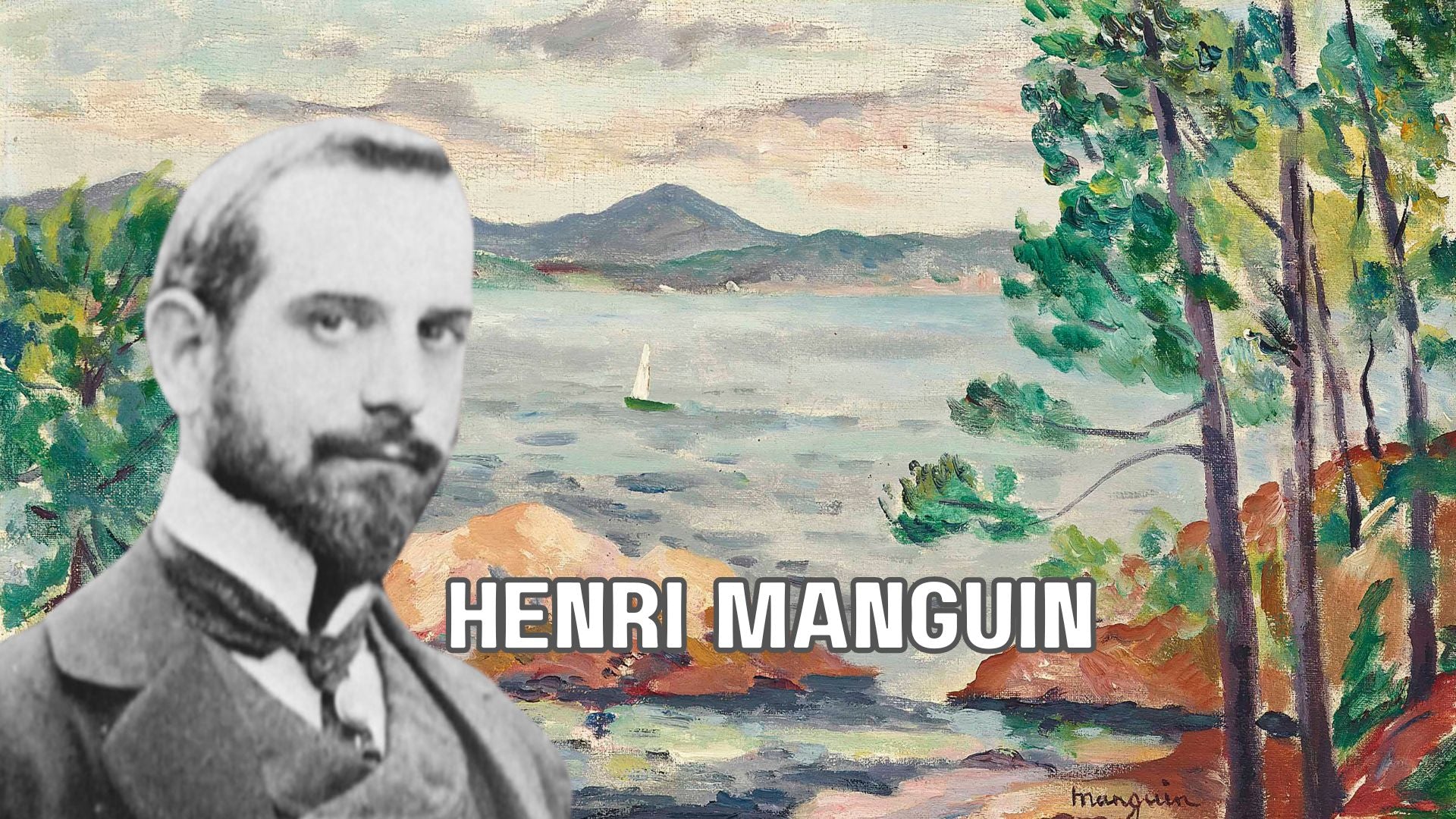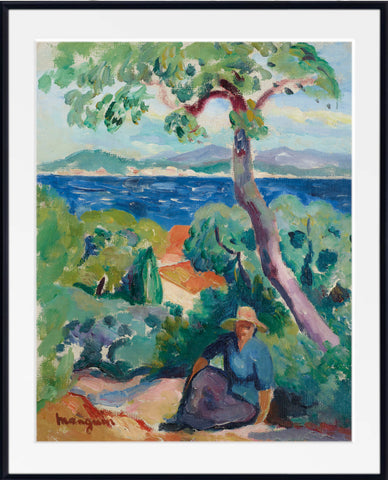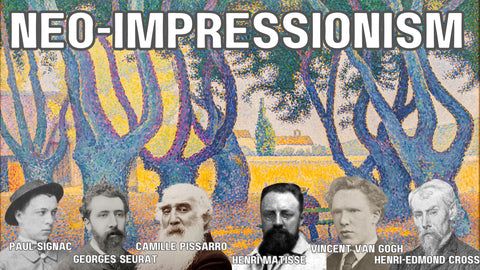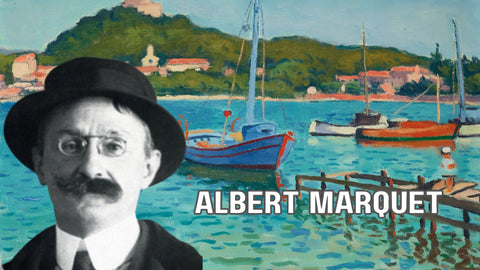Table of Contents:[hide]
Henri Manguin, a prominent figure in the Fauvist movement, left an indelible mark on the art world with his vibrant and expressive paintings. In this blog post, we delve into the life and work of this French painter, shedding light on his influences, artistic style, and lasting legacy.
Early Life and Influences
Born on March 23, 1874, in Paris, France, Henri Charles Manguin displayed an early talent for art. He enrolled at the École des Beaux-Arts, where he studied under the tutelage of Gustave Moreau, alongside renowned artists like Henri Matisse and Charles Camoin. Like his peers, Manguin drew inspiration from Renaissance art, honing his skills by meticulously studying and copying works from the Louvre.
Embracing Fauvism
Manguin's artistic journey led him to embrace Fauvism, a movement characterized by its bold use of color and spontaneous brushwork. Influenced by Impressionism, Manguin adopted a vibrant palette, infusing his paintings with luminous hues and capturing the essence of his subjects with a sense of immediacy. His works often depicted Mediterranean landscapes, reflecting his fascination with light and color.
The 1905 Indépendants Exhibition
One of the pivotal moments in Manguin's career occurred in 1905 when he exhibited at the Indépendants alongside other Fauvist artists like Henri Matisse, Albert Marquet, and André Derain. The exhibition garnered attention for its radical departure from traditional artistic conventions, with critic Louis Vauxcelles coining the term "Fauvism" to describe the bold and expressive style of the artists involved.
Later Years and Legacy
In the years that followed, Manguin continued to explore and evolve as an artist. He exhibited widely, gaining recognition for his unique approach to color and form. Manguin's later works often featured scenes from his travels throughout Southern Europe, showcasing his mastery of light and atmosphere.
In 1949, Henri Manguin passed away in Saint-Tropez, leaving behind a rich artistic legacy that continues to inspire and captivate audiences around the world. His contributions to the Fauvist movement remain celebrated, reminding us of the power of color and expression in art.
Henri Manguin - FAQ's
-
Who was Henri Manguin?
- Henri Manguin (1874–1949) was a French painter associated with the Fauvist movement, known for his vibrant use of color and expressive style.
-
What is Fauvism?
- Fauvism was an early 20th-century art movement characterized by its bold use of color and simplified forms. Fauvist artists often used non-naturalistic colors to evoke emotion and convey their subjective experiences.
-
What were Henri Manguin's major influences?
- Manguin was greatly influenced by Impressionism, particularly in his use of light and color. He also drew inspiration from Renaissance art and Mediterranean landscapes, which frequently appeared in his work.
-
How did Manguin contribute to the Fauvist movement?
- Manguin played a significant role in the development of Fauvism, exhibiting alongside other Fauvist artists such as Henri Matisse and André Derain. His vibrant paintings, characterized by their bold colors and dynamic compositions, helped define the aesthetic of the movement.
-
What are some notable works by Henri Manguin?
- Some of Manguin's most famous paintings include "La Sieste (Le repos, Jeanne, Le rocking-chair)," "Baigneuse (Woman Bather)," and "Le Rocher (La Naïade, Cavalière)."
-
Where can I see Henri Manguin's artwork?
- Manguin's paintings are featured in museums and galleries around the world, including the Pushkin Museum in Moscow, the Museum of Grenoble in France, and the Thyssen-Bornemisza Museum in Madrid.
-
Did Henri Manguin receive recognition for his work during his lifetime?
- Yes, Manguin gained recognition as a talented artist during his lifetime. He exhibited widely in prominent galleries and salons, earning praise for his innovative use of color and form.
-
What was Manguin's artistic style like?
- Manguin's style was characterized by its bold colors, fluid brushwork, and emphasis on capturing the essence of his subjects. He often depicted scenes of everyday life, landscapes, and portraits with a sense of vitality and spontaneity.
-
How did Manguin's art evolve over time?
- Throughout his career, Manguin's art evolved as he experimented with different techniques and subjects. While his early works showed the influence of Impressionism, his later paintings displayed a more mature and expressive style.
-
What is Henri Manguin's legacy in the art world?
- Henri Manguin's legacy lies in his significant contributions to the Fauvist movement and his enduring influence on modern art. His bold use of color and innovative approach to painting continue to inspire artists and art enthusiasts worldwide.
Henri Manguin - Prints and Canvas Panels
Fine art prints and ready to hang gallery quality canvas panels of Henri Manguin paintings are avaiable in a range of sizes with fast worldwide delivery.







